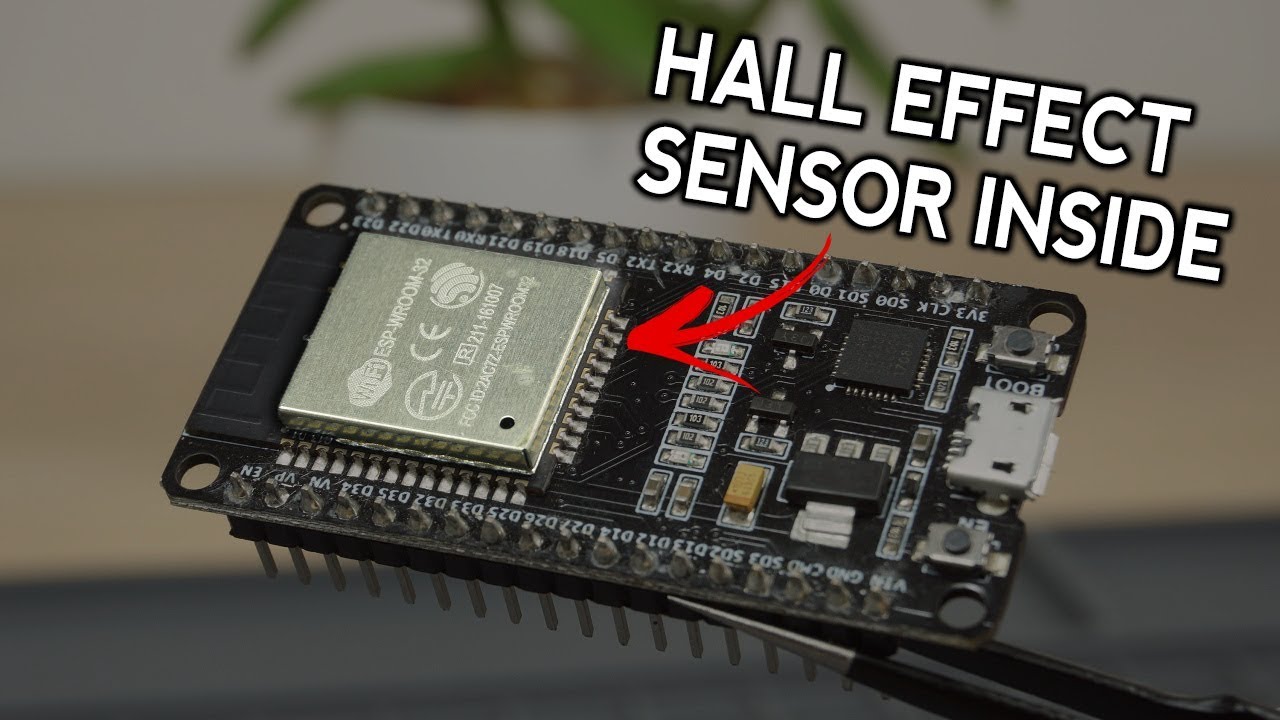
Best way to interface a Hall sensor with an ESP32
When it comes to interfacing a Hall sensor with an ESP32, there are a few key things to consider to ensure optimal performance and reliability. Hall sensors are commonly used to detect the presence of magnetic fields, making them perfect for a wide range of applications from motor control to proximity sensing. In this article, we will explore the best practices for connecting a Hall sensor to an ESP32 microcontroller and provide some tips for getting the most out of this powerful combination.
First and foremost, it’s important to understand the basic principles of how a Hall sensor works. A Hall sensor detects changes in magnetic fields by measuring the voltage across a thin strip of semiconductor material. When a magnetic field is present, the voltage across the strip is altered, allowing the sensor to determine the strength and polarity of the field.
Now, let’s dive into the best way to interface a Hall sensor with an ESP32. The first step is to choose a Hall sensor that is compatible with the ESP32’s voltage requirements and communication protocols. Many Hall sensors operate at 5V, which is the standard voltage for most ESP32 boards. However, it’s always a good idea to double-check the specifications of your sensor to ensure compatibility.
Once you have selected a compatible Hall sensor, the next step is to connect it to the ESP32. Most Hall sensors have three pins: VCC, GND, and OUT. The VCC pin should be connected to the 5V pin on the ESP32, the GND pin should be connected to a ground pin, and the OUT pin should be connected to one of the ESP32’s GPIO pins. It’s also a good idea to add a pull-up resistor between the OUT pin and the 5V pin to stabilize the signal.
After connecting the sensor to the ESP32, you can begin reading data from the sensor using the ESP32’s GPIO pins. You can use the ESP32’s built-in ADC (Analog-to-Digital Converter) to read the analog voltage output from the Hall sensor and convert it to a digital value that can be processed by the microcontroller.
Finally, it’s important to calibrate the sensor to ensure accurate readings. You can do this by placing a known magnetic field near the sensor and adjusting the sensitivity and offset values in your code until the sensor output matches the expected values. This calibration process may take some trial and error, but it is essential for accurate measurements.
In conclusion, interfacing a Hall sensor with an ESP32 can be a straightforward process if you follow the best practices outlined in this article. By choosing a compatible sensor, properly connecting it to the ESP32, reading data from the sensor, and calibrating it for accuracy, you can take full advantage of the capabilities of this powerful sensor and microcontroller combination.
Was this helpful?
0 / 0